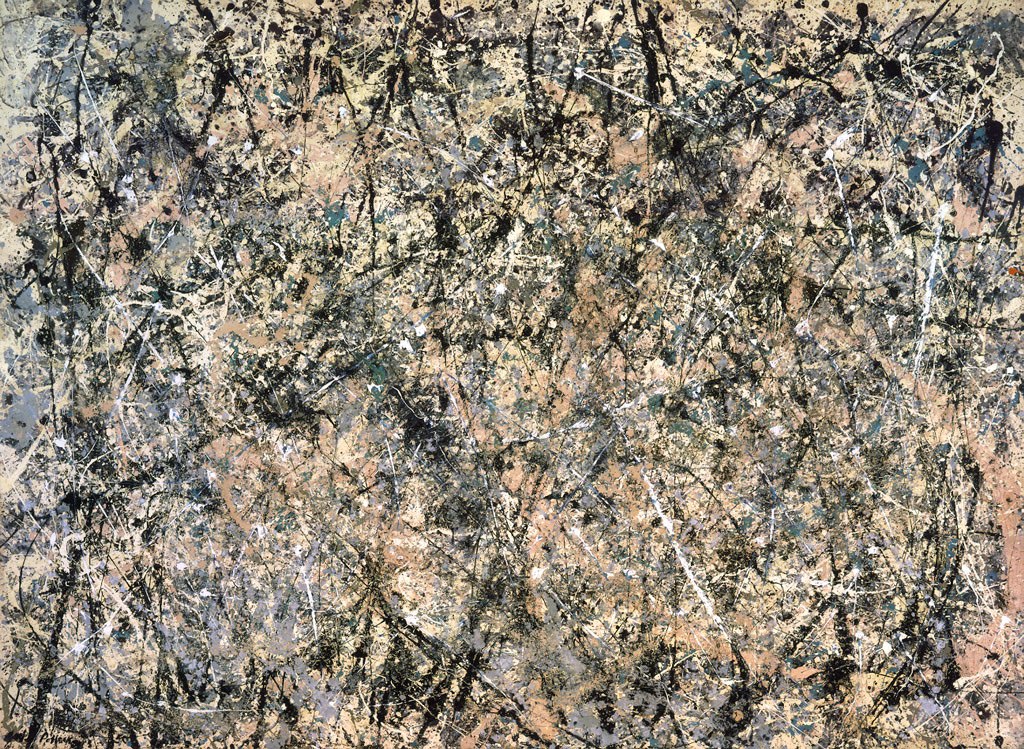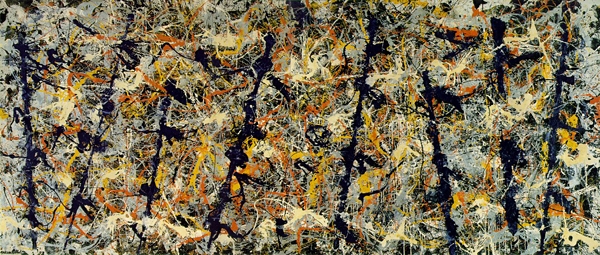 True confession: I am no artist.
True confession: I am no artist.
I’m not. I never really have been. I’m neither lucky, nor skilled enough to bear that title. I remember sitting in grade school art classes, next to friends drawing and painting life-like portraits, while I struggled to doodle stick figures. For this reason, I had never even considered design as a potential career path.
In all actuality, I fell into design. In college, I was searching for an elective to help round out my course load one semester, and Graphic Design-I seemed like an interesting choice.
At first, I was nervous. Like I said, I don’t consider myself artistic in the least. I can’t sketch glorious landscapes or sunsets, and had a lot of trouble mixing paint to find the perfect gradient when I took Two-Dimensional Design. But take a look at the course description for Graphic Design I:
“This course provides an introduction to graphic design. The computer is introduced as a graphic design problem-solving tool. Students will use current industry-standard software and technology to create designs based on graphic design principles. Through various assignments, students will become familiar with the operation of the personal computer while exploring the visual language of text, image and digital design. The course will familiarize students with basic aesthetic, technical, historical and conceptual issues as they relate to design.”
In this description, you don’t find any words like “paint,” “draw,” or even “art”. You will find, however, words like “technical,” “conceptual,” and “problem-solving.”
So, with the reassurance that my lack of artistic talent wouldn’t damper my experience in the class, I registered and well, the rest is history. Suddenly, the struggles I had in grade school seemed to make perfect sense. When the teacher told us to “draw something” or “paint whatever you like today,” I was dumbfounded. The problem was, there was no problem. As a designer, I take a problem; examine it from every angle, over and over again, and after careful execution, execute the simplest, most elegant solution. That’s not what art is. Art is about freedom and expression, while design has rules and constraints.
The Myth
Earlier this week, I read an article by Keith Frankel titled Your Designers Are Not Artists, and You Need to Stop Thinking That Way. The article basically discusses miscommunication between designers and non-designers, and how most problems arise because of a misconception of the designer’s actual role.
So, it seems like I’m not the only one who misunderstood the definition of a “designer.”
What’s the difference?
In this article, I will discuss six main differences between art and design.
The Intention
Art is meant to inspire. Many artists start with a blank canvas and create from there. They create based upon what they feel. Designers don’t start from scratch. They are given an idea or an assignment with a problem and they work from there. Good design usually doesn’t inspire an audience. It motivates them. Design is what helps people choose Coke over Pepsi, Nike over Adidas, etc. Art makes you stop, think, and consider. Design should make the decision for you.
The Audience’s Reaction
A single piece of art can elicit several different responses and interpretations. It can evoke an array of emotions and be analyzed in hundreds of different ways. Good design should not do that. Design may have several underlying symbols, but ultimately the message should be the same to the entire audience- “buy this product,” “trust in our brand,” “fill this form out,” etc.
Who Likes It
In the 1940s-1950s Jackson Pollock helped to revolutionize the way people viewed art with paintings like Blue Poles and Lavender Mist.
Jackson Pollock, Blue Poles, Number 11, 1952

Jackson Pollock, Lavender Mist, Number 1, 1950
His paintings were met with mixed reviews, and to this day their status as good or bad art is disputed among many critics.
Whether you like the paintings or not is a matter of taste. If these pieces don’t inspire you or evoke an emotional response, that’s okay. Perhaps it’s just not your cup of tea. That’s not Pollock’s (or any other artist’s) intention. Pollock created these for different reasons- to express himself, to experiment, etc.
This isn’t how design works. While design has an element of taste, whether it is good or not is very subjective. Because design serves a purpose, it typically has a central goal. Once a design is executed and implemented, it either meets the goal or it doesn’t. There’s really no disputing that.
For example, today, we use technology to track mouse movements and clicks on websites and landing pages. Let’s say you’ve designed a green button with the end goal being a user’s click. If we collect data that demonstrates the green button was clicked three times the amount of the old button, the design was a success. Whether someone liked the button or not, is an opinion.
Talent vs. Skill
As I mentioned earlier, I am not talented enough to be an artist. However, I do posses the skills necessary to design quite well. I’m analytical, detail-oriented, and have a great understanding of size, positioning, spacing, and color theory. It’s these skills, combined with experience, that make me the designer that I am today. Design is asking the right questions, understanding the problems, and caring enough to find the best solution.
Don’t misunderstand me here. I don’t think that just anyone can become a designer. Just because you can learn the skills, doesn’t mean you can truly understand principles of design. Similar to art, design does involve passion.
Art Is Selfish
Before you jump down my throat here, listen to what I mean by, “art is selfish.” As I discussed earlier, art is typically created with the single intention of the artist’s expression. True artists create masterpieces, not because they are paid to do so or to help a product sell, but because they are moved to do so. Their work is for them, and for no one else.
Design is different. We don’t create masterpieces because we love and wish to endorse products. We design because we are visual communicators. We take messages that our clients want to evoke, and package them neatly for the desired audience. Although I absolutely love what I do, my design work is not meant to please me, it is meant to influence my intended audience.
The Rules
By and large, art has no rules. Art can be a pencil sketch on canvas, a statue, drips and splatters of oil on canvas, or just a chair. Good design typically follows rules. We use grids as guidelines, we choose colors based on the psychological effects they’ll have on our audience, etc. Design has principles, while art knows no boundaries.
Reinforcing the Myth
In doing a bit of research for this post, I found an article that discusses how the artist-designer myth was born from the print and advertising industry. It states that because early graphic designers created images using fine art methods, including ink, pencil and paint,” they typically were dubbed “the art department.” I’m sure you’re familiar with this term, as well as the title “art director.”
In addition to the use of these terms in marketing agencies around the world, the terms are further reinforced in pop culture.
Are you an avid Mad Men viewer, like myself? If you are, these guys should look pretty familiar to you:
For those of you who aren’t fanatics, these two characters (Salvatore Romano, on the left, and Stan Rizzo, on the right) are the former and present “Art Directors” at the Madison Avenue ad agency that the show revolves around. Their jobs are to create sketches that correspond with concepts created by the rest of the creative team. What they do is not actually art, as we’ve just discussed.
What’s the big deal?
Now that I’ve given you a bit of background to the designer-artist myth, and how it has spread throughout our culture and into the media, I’d like to discuss why this myth could be damaging.
The problem is that when clients view designers as artists they disregard the research that takes place before the pencil hits a sketchpad. As I mentioned earlier, designers take problems, conduct thorough research and analysis, and execute elegant solutions. By asking for a few different versions of a design, clients are disregarding the thought process that went into the current version.
How to Fix This
Most designers have felt frustration from situations like this in the past and while it sometimes seems as though defeat is imminent, there are steps that we can take to work through this issue.
Communicate
Talk to your clients. Speak with them often, and speak with them honestly. Don’t be afraid to be direct. Remember that your client hired you for a reason: he or she needs you. At the same time, you need your client. While your expertise may lie in design, their expertise lies in their company, product, or service. Use them in the research phase to create the best solution.
Understanding
You must understand that not everyone sees the world the way you do. As a designer, my first interaction with every logo, website and package design I come across is typically analysis. I review the color choice, balance, etc.
I need to learn this is not the norm. Most people aren’t like me. Most people take these things at face value and work from there. Not everyone is a designer. We need to be patient, and lead our clients down the paths that we take, so they can grasp the reasoning behind each intentional decision.
Get On The Phone
When you are discussing design, it’s often best to get on the phone and talk, rather than deal with the back and forth of email. These exchanges often result in miscommunication, and can ultimately cause tension. If you’re speaking directly to the client, you can hear the tone of his or her voice, and better understand how they are feeling.
The Takeaway
I’d like to take a moment to point out that the intention of this article is not to demonstrate the superiority of designers over artists, or visa versa. It also is not to convince you that designers are always right, and clients are always wrong. The purpose of this post is to bring attention to the designer-artist myth, to increase understanding of the differences between designers and artists, and give advice on how to deal with the consequences of this myth.
Looking for a thoroughly researched, well-executed design? Contact Optimum7 today for a free consultation!









